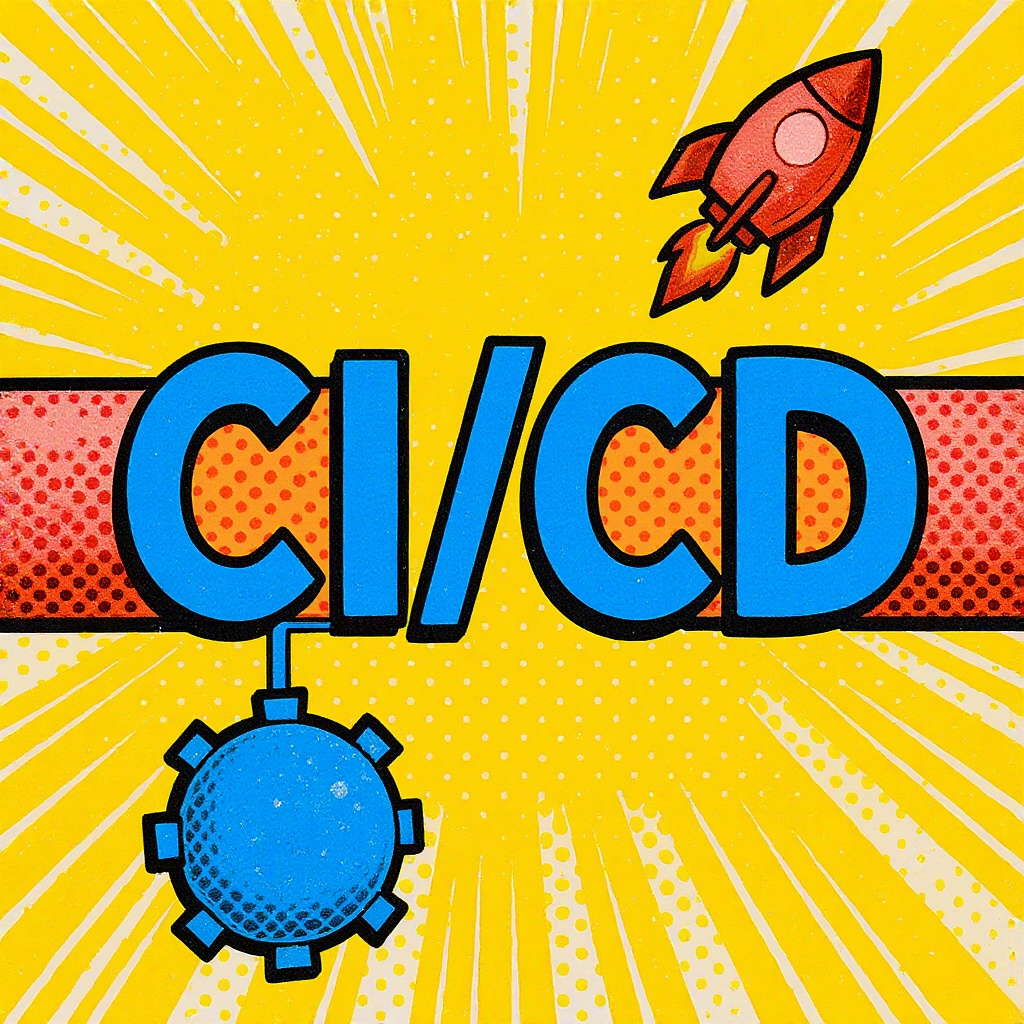For early-stage startups, resource constraints often necessitate a lean approach to software development. However, neglecting the establishment of a robust Continuous Integration/Continuous Delivery (CI/CD) pipeline can severely hamper growth and competitiveness. This article will explore how startups can build a powerful yet efficient CI/CD pipeline, even with limited resources. We will discuss choosing the right tools, integrating essential testing methodologies, optimizing for speed and cost-effectiveness, and adapting the pipeline as the startup scales. A well-structured CI/CD pipeline offers significant advantages, including faster release cycles, improved code quality, enhanced collaboration among team members, and a reduced risk of errors in production. By strategically implementing these practices from the outset, startups can significantly improve their product development lifecycle and foster a culture of rapid iteration and continuous improvement.
Choosing the Right Tools
Selecting the appropriate tools is crucial for building an effective CI/CD pipeline. Startups should prioritize tools that offer a good balance of functionality, ease of use, and cost-effectiveness. Open-source options like Jenkins, GitLab CI, or GitHub Actions are excellent choices for their flexibility and cost-efficiency. Cloud-based platforms such as AWS CodePipeline or Azure DevOps provide managed services that can simplify the setup and maintenance process, potentially saving time and resources in the long run. The choice will depend on factors such as existing infrastructure, team expertise, and specific project requirements. Consider integrating with existing version control systems (like Git) and project management tools. A proper tool evaluation considering these aspects is key.
Incorporating Automated Testing
Automated testing forms the backbone of a successful CI/CD pipeline. It’s essential to incorporate various testing levels, including unit tests, integration tests, and end-to-end tests. Unit tests verify the functionality of individual components, integration tests check interactions between components, and end-to-end tests validate the entire system’s functionality. These tests should be automated and integrated into the CI/CD pipeline to run automatically with every code commit. Using a testing framework like Jest (JavaScript), pytest (Python), or JUnit (Java) streamlines this process. Investing in thorough testing early on drastically reduces the risk of bugs reaching production, saving time and resources in the long run.
Optimizing for Speed and Cost
Early-stage startups need to be mindful of their budget and resources. Optimizing the CI/CD pipeline for speed and cost is essential. This involves carefully selecting tools, using cloud resources efficiently, and minimizing the number of unnecessary steps in the pipeline. Leveraging caching mechanisms can significantly speed up the build process. Parallelization of tests can also drastically reduce build times. Regularly reviewing and refining the pipeline’s processes to identify and remove bottlenecks is crucial. Cloud providers often offer free tiers or discounted pricing for startups, allowing for significant cost optimization.
Scaling the Pipeline
As a startup grows, the CI/CD pipeline needs to adapt. This might involve transitioning from a simpler setup to a more complex and sophisticated one. Consider introducing advanced features like canary deployments or blue-green deployments to minimize disruption during releases. As the engineering team expands, establishing clear roles and responsibilities for maintaining the pipeline is essential. Regularly reviewing and updating the pipeline to ensure it remains effective and efficient is a continuous process. This involves monitoring performance metrics, identifying areas for improvement, and incorporating new tools and technologies as needed.
Conclusion
Building a robust CI/CD pipeline is a crucial investment for early-stage startups. By carefully selecting appropriate tools, integrating automated testing, and optimizing for speed and cost, startups can accelerate their development cycle, improve code quality, and reduce the risk of errors. This initial investment, though demanding in its early stages, yields substantial long-term benefits in efficiency, productivity, and ultimately, in market competitiveness. Remember that the pipeline is not a static entity; continuous monitoring, adaptation, and refinement are essential to ensure it remains a valuable asset throughout the startup’s growth trajectory. A well-defined CI/CD pipeline, implemented strategically from the outset, paves the way for faster innovation and sustainable growth, transforming a potentially significant overhead into a cornerstone of the company’s success.
References:
Image By: Black Forest Labs






